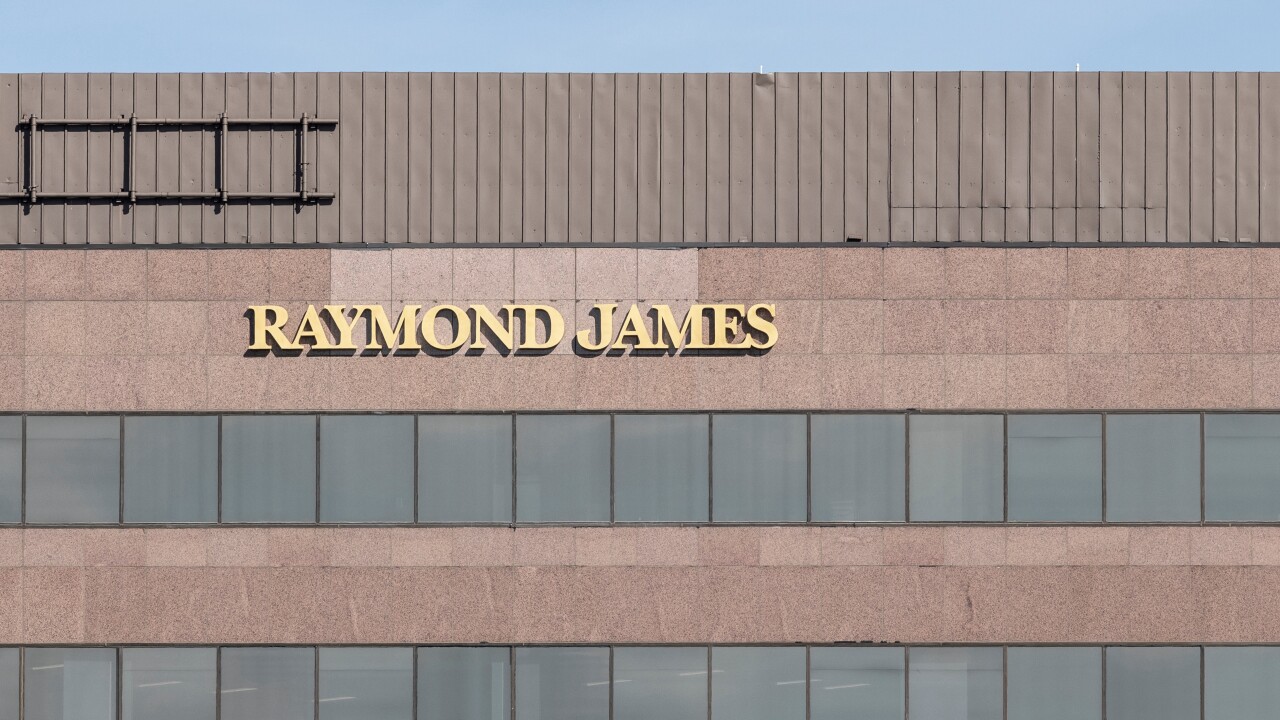Given the volatility of the past two decades in the stock market, starting with the 1987 market crash and ending with last year’s 40% meltdown, investment managers and financial advisers are beginning to update their portfolio risk management systems with stress tests that account for extreme events, The Wall Street Journal reports.
Whereas standard portfolio construction has traditionally assumed a bell-curve shape, the updated models have “fat tails” that take severe market downturns into consideration and, therefore, are far more conservative than previous models.
Clark McKinley, a spokesman for
Likewise,
But absolute-return-type mutual funds that use derivatives or other strategies to hedge against such losses incur higher trading and portfolio management fees, according to





